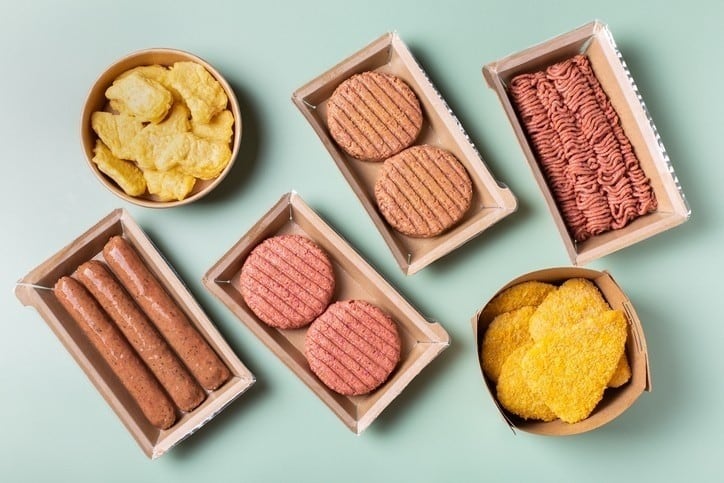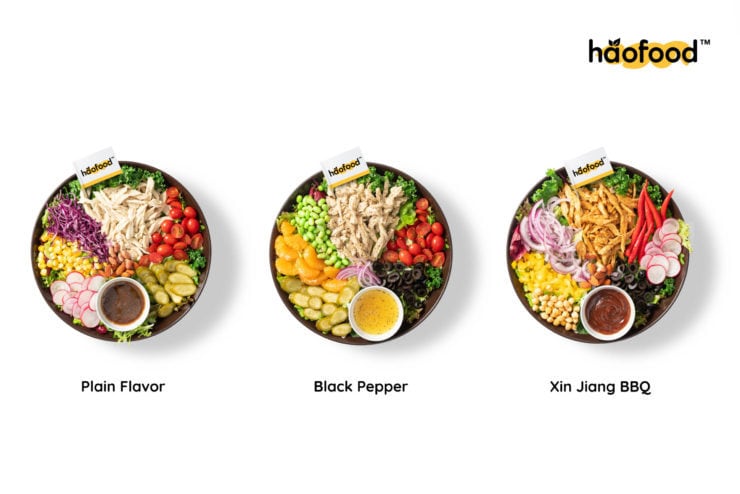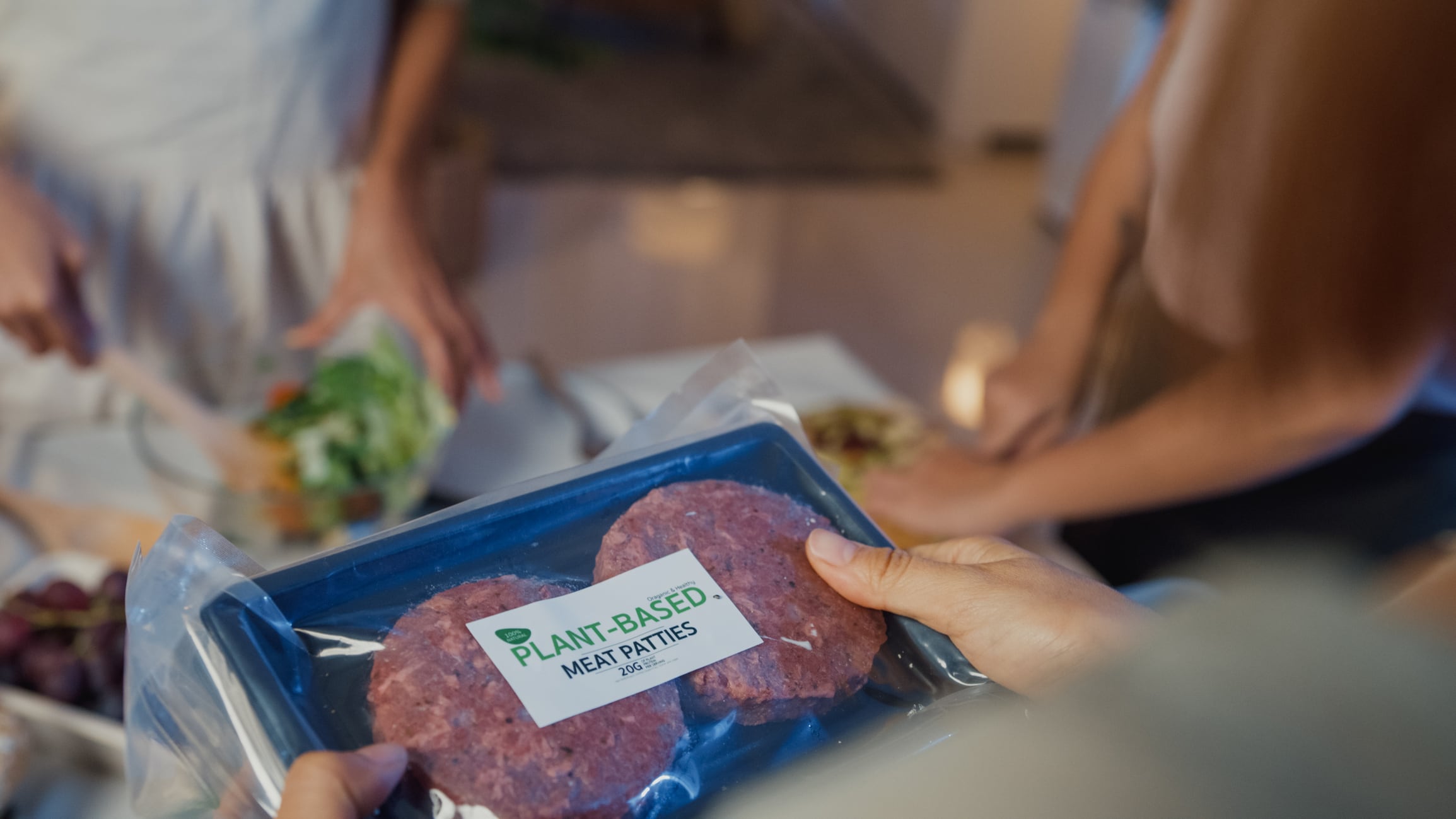‘Super cheap’: Affordability trumps protein and sustainability as main driving factor for insect-based foods in APAC
Affordability is emerging as the main driving factor for insect-based foods in the APAC region, possibly even more significant than its often-lauded protein or sustainability factors.
This is the opinion of Vietnam-based insect protein firm FlyFeed’s Founder and CEO Arseniy Olkhovskiy, who believes that food and beverage manufacturers can address consumer demands for high-quality protein with their pricing priorities by using insect protein.
Meatable says costs cut and production improved as it aims to debut price-competitive cultivated meat in Singapore
The Netherlands-based food tech company Meatable says it has managed to reduce costs and raise production efficiency of its cultivated meat products, which are on course to be launched in Singapore by next year.
Founded in 2018, Meatable raised US$35m in a recent funding round, bringing its total funding to US$95m, which will be used to scale up production and accelerate commercialisation.
In September, the company held its first ever media tasting in Singapore, marking a significant step towards full regulatory approval for sales in the island-state.
Having it both ways: Creating a ‘middle path’ to premium yet affordable food and beverage product innovation
The dual rise of consumer demands for the somewhat paradoxical combination of premiumisation and affordability in foods and beverages has spurred firms to find various forms of a ‘middle path’ when it comes to innovation.
Amid a backdrop of inflationary pressures, price hikes and geopolitical instability, consumers all over the world and especially in the Asia Pacific region are on the lookout for affordable options when making food and grocery purchases.
But at the same time, there remains a significant reluctance to completely surrender little luxuries, making for a rise in demand for premiumisation as well - including in the relatively new alternative proteins space.
Time to add value: Can Australia and New Zealand seriously compete in the alt-protein space?
Australia and New Zealand are lagging behind when it comes to alt-protein innovation and advances, with capital and commercialisation challenges holding the sector back.
While Australia and New Zealand are some of the world’s biggest agricultural producers, alt-protein producers in these countries largely rely on importing high value inputs, such as protein concentrates for plant-based meat.
According to think tank Food Frontier, the challenge lies in creating higher value ingredients, instead of importing them.
Precise staples: China’s MOODLES believes 3D printing staple foods with precise nutrients is the way forward
Chinese 3D food printing firm MOODLES believes that this technology needs to be efficiently incorporated into the production of personalised nutrient-rich staple foods that consumers will eat on a daily basis if the sector wants to grow locally.
Although 3D printed foods have been touted for several years as the way forward for precision nutrition and food customisation, many firms looking to specialise in this area have hit significant roadblocks in terms of technology, pricing and demand volumes, including in China.
Moodles believes that the only way past this hurdle is to concentrate using 3D printing technology to produce high-nutrition staple foods such as rice and noodles, products that local consumers are already used to and will easily accept as part of their diets on a daily basis.





